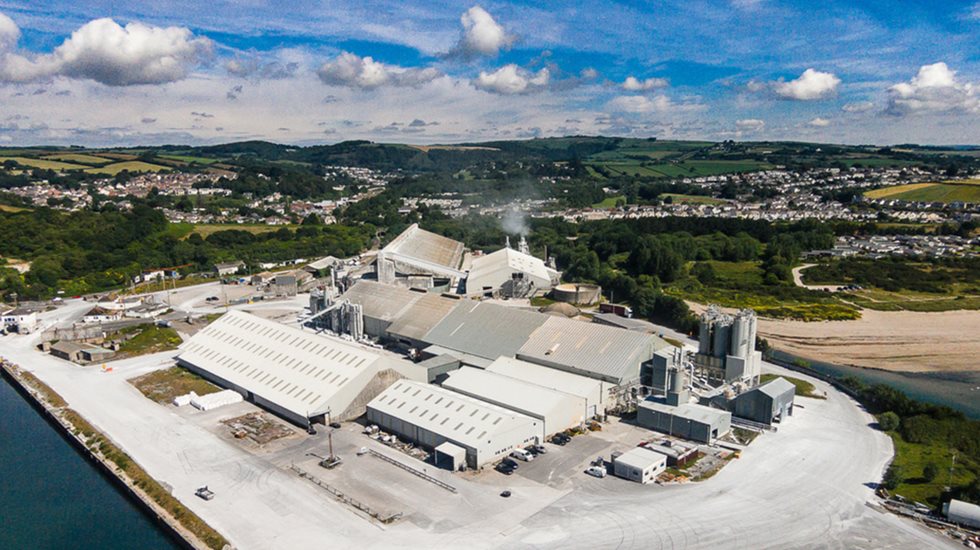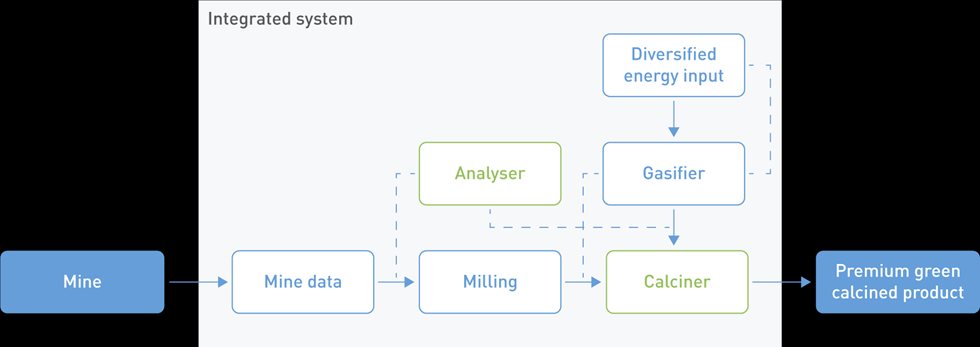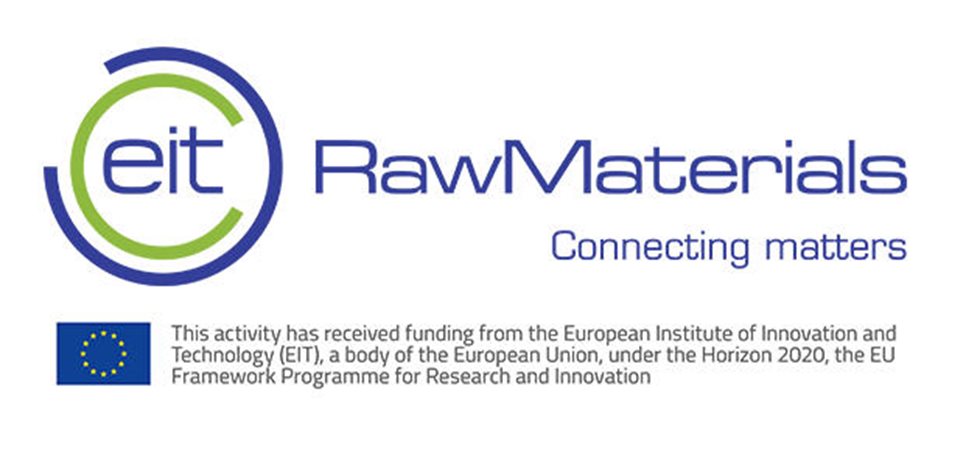Outotec recently participated as the lead partner in the MONICALC Innovation Project being run by the EIT RawMaterials, initiated and funded by the EIT, European Institute of Innovation and Technology, a body of the EU. Focusing on kaolin production, the project brought together six partners and aimed to demonstrate the feasibility of the controlled use of diversified energy in calcination.
Partnering to develop an integrated monitoring system and advanced process control
Developing a kaolin production process that ensured high quality while reducing energy use required the expertise and close cooperation of all the partners in the consortium. Imerys, the world’s largest kaolin producer, provided the industrial-scale plant for testing and implementing the MONICALC process.
French software company Predict developed an integrated monitoring system that receives data from multiple sources during the production process, including the distributed control system, online sensors, and lab analytic measurements. Collecting and consolidating data from the whole production chain meant that bottlenecks and disturbances could be identified at an early stage.
Finland’s Aalto University, together with Imerys, developed an off-line prototype for an advanced control system for the multiple-hearth furnace calciner. This control system is key as it has the potential to optimize the operational condition of the furnace with the aim of reducing energy consumption, increasing plant capacity, and ensuring that the product-quality specifications are met.


